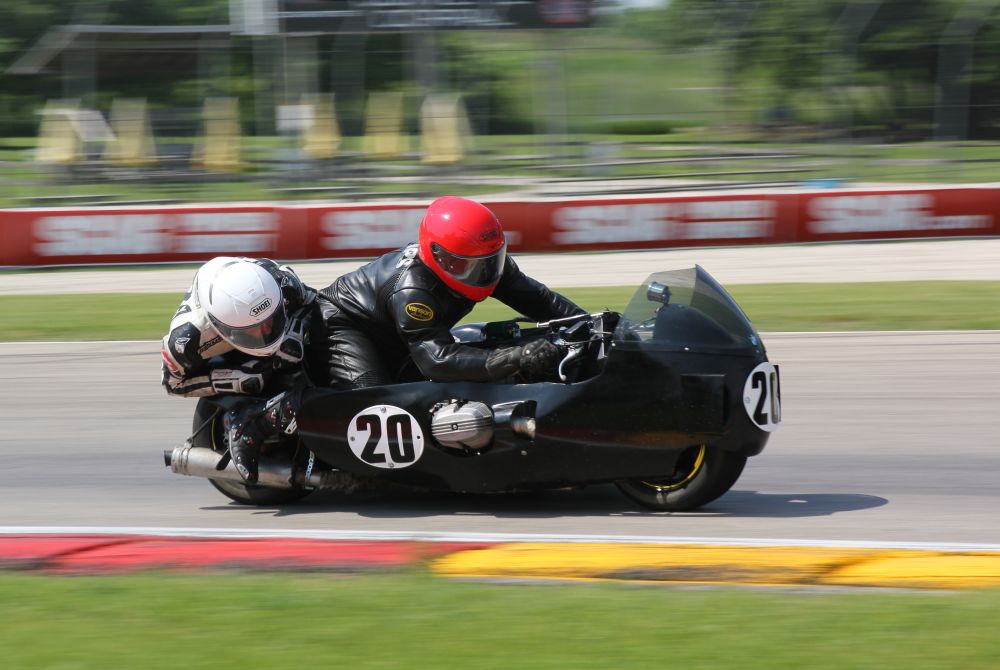Biggest issue I see is just underexposed. Go to manual spot metering, set to expose on the belly and dial it back no more than 1/2 stop underexposed.
I’ve found it works well with most backlit subjects.
I’d get the exposure better then work on speed and panning.
All kinds of good advice here, let me say my view, which is going to be some of the same and a bit of my own.
Shoot Manual - expose for the subject, or another way is expose for the shadows. The sky is giving you improper readings.
Use a Monopod and pan - you can actually use slower shutter speeds and get wonderful images
Turn off the IS !
Yes, you can stop things by fast shutter speeds, and maybe slower and getting some bad shots, with one good one, isn't that terrible. Frozen speed is not the same as motion showing action?
Personally I use center focus point only and if I am using anything auto, spot metering, no way averaging is going to work out. Just like shooting in the snow, the sky is just going to trick the meter.
Learning to pan and be smooth and follow is more important than just turning up the shutter speed as fast as possible. As a result, you can get nice colors. Oh and high ISO is also going to cause some loss.
On a nice day, ISO 200 at most, shutter 400, and use the aperture to adjust the lighting. A silver plane body is a different exposure than a black plane or a dark blue. You'll need to adjust for that on the fly.

You don't care about the background or big deep depth of field, just the plane.
Panning is your best friend and if you shoot 20 "bad" photos to get one outstanding one, it's just electrons and there's a delete key.
That one is hand held but a monopod is easy to carry and takes a bunch of possible shake, jutter or wobble out of the equation.
Example is 1/400 - F/6 ISO 200 because I wanted to get the flames.
HAVE FUN!
ps neither of these is using a monopod, but still, it's a stability aid, and I shoot JPG not RAW, so pretty much shoot in camera.






![[No title]](/data/xfmg/thumbnail/37/37522-f67b10bc5ee534f9bc21ee94917445b9.jpg?1734170682)


![[No title]](/data/xfmg/thumbnail/37/37520-d3e4d6582aa2781be7abf64e8651db45.jpg?1734170680)

![[No title]](/data/xfmg/thumbnail/30/30871-c87f97bf2d9d493b4c08ba6482680038.jpg?1734158853)
![[No title]](/data/xfmg/thumbnail/30/30867-a58aa3d7c15d0b48498a201af3a68a8f.jpg?1734158839)


![[No title]](/data/xfmg/thumbnail/37/37519-6093821531f744039f3ac2b3e30c7dbf.jpg?1734170680)
![[No title]](/data/xfmg/thumbnail/37/37125-c083e505c2e7d8f15f717a96de782959.jpg?1734169833)
![[No title]](/data/xfmg/thumbnail/30/30869-817b4d4e7585860fab4b08558512787a.jpg?1734158847)